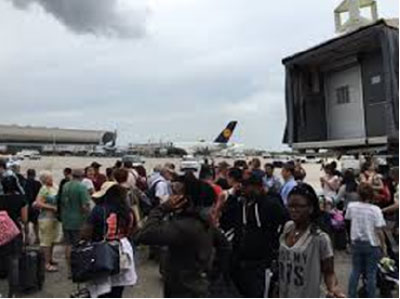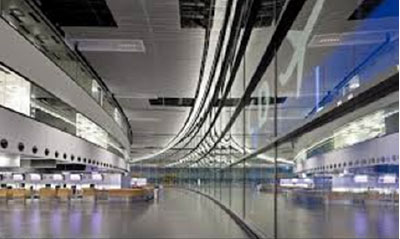
Reducing the number of unwanted fire alarm signals isn't just about unwanted activations and evacuations. Business disruption is costly and the potential to damage your reputation is always there. Regular false alarms also drive the wrong behaviour in your staff and customers and that means additional risk.
Reducing the number of false alarms is a real issue and many companies struggle to prevent them. Is this a problem for you?
Given a problem as complex as reducing the number of unwanted fire alarm signals at an international airport there is need to some detailed analysis.
My task was to look at a number of airports across Europe and discover.
- Do all airports have the same issues?
- How do other airports manage this problem?
- What are the key actions that deliver less unwanted alarms?

The first task was to understand the scale of the issue in other airports by obtaining data from them and normalise those figures.
Having airports with the same business model and similar mix of passengers was important.
A shortlist of 6 airports was selected as representative and after a second phase of selection 2 were chosen for a visit. At the conclusion of the study some very interesting principles were discovered and as a result changes were made to the way in which the client decided to manage various aspects of the management of fire and fire systems. Not only did this make the client's business safer but it resulted in a massive reduction in the amount of business interruption and bad publicity and a huge cost saving to the too!
Need to reduce the number of unwanted fire alarm signals?
We can help.